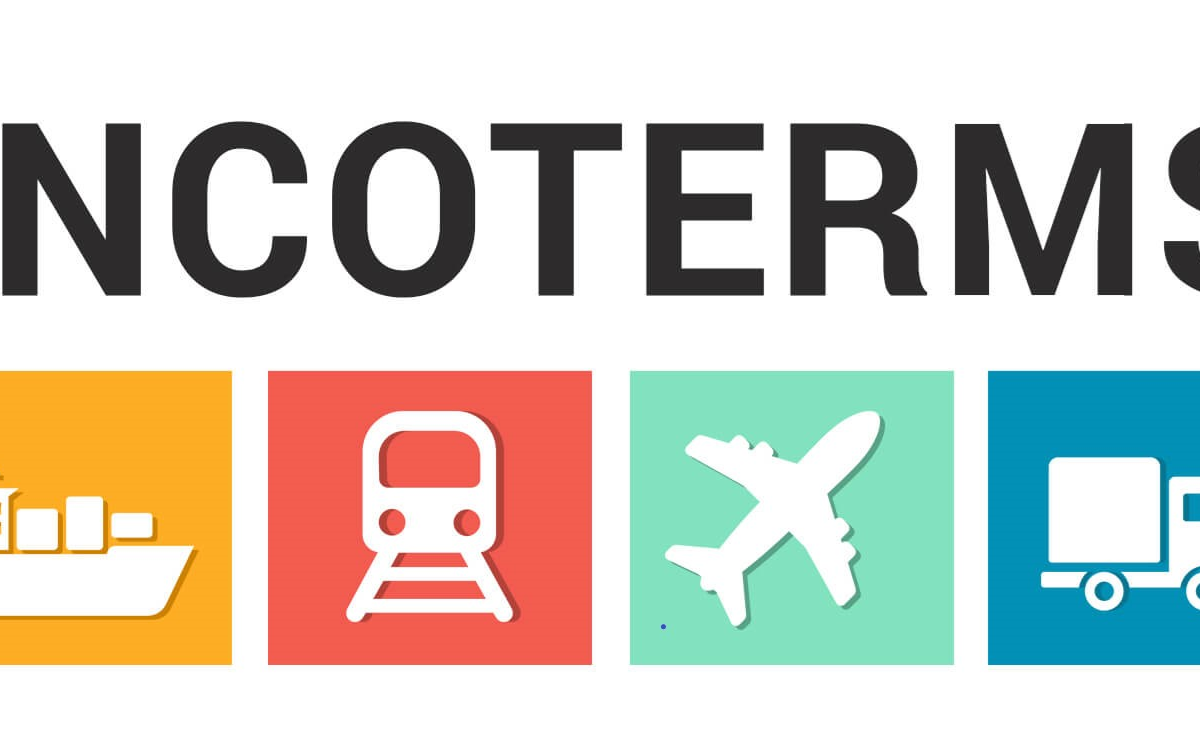The trade conflict between the United States and China has taken a sharp turn, as the U.S. has introduced a 100% tariff on critical port infrastructure, particularly ship-to-shore (STS) cranes and associated cargo handling equipment linked to China. This decisive action, effective November 9, comes alongside new port fees and raises immediate concerns about potential disruptions in supply chains. However, some view it as a much-needed impetus for resilience and diversification.
New Tariff Framework and Port Fees
These tariffs arise from an investigation under Section 301 into China’s practices in maritime logistics and shipbuilding. The Office of the U.S. Trade Representative (USTR) has stated that the aim is to diminish American reliance on Chinese sources, ultimately bolstering economic security and enhancing supply chain resilience.
The imposed duty is applicable to STS cranes, intermodal chassis, and their components if they are made in China, produced by a Chinese-controlled entity, or contain Chinese parts. Additionally, the USTR is introducing new weight-based port fees for foreign vessel operators moving automobiles, shifting to a $46-per-net-ton fee as of October 14. Together, these measures present immediate challenges for the U.S. supply chain, particularly as it gears up for the vital holiday season, adding new uncertainty to shipping expenses and port operations.
Navigating Short-Term Challenges for Long-Term Gains
The newly introduced tariffs and fees are set to create complications for port authorities and logistics providers that depend on this equipment. The tariffs will result in higher expenses for essential cargo-handling gear, a significant portion of which has traditionally been sourced from China. This situation is further complicated by the USTR’s consideration of imposing tariffs of up to 150% on other vital port equipment, including gantry cranes, terminal tractors, and straddle carriers.
Nonetheless, industry experts are viewing these developments not merely as a financial burden but as a crucial “wake-up call” for global trade. According to insights from Arkestro, tariffs can compel companies to reassess their sourcing strategies, especially for high-cost items like cranes. For an extended period, businesses have prioritized lean operations and cost efficiency, leading to a pronounced reliance on singular regions like China.
In light of current trade pressures, a trend towards reshoring and friend-shoring is anticipated, motivating companies to establish regional supply chains closer to home or with allied nations. While this shift demands substantial initial investment, it is recognized as essential for mitigating geopolitical risks and creating resilient systems that can withstand future disruptions.
In essence, the latest U.S. action imposes immediate complexity and cost, forcing the maritime and logistics sectors to navigate fresh regulatory territory. But the resulting pressure to diversify sourcing and manufacturing is likely to lay the groundwork for a more dispersed, resilient, and ultimately less dependent U.S. supply chain structure.



